Asking more questions is the key to change, and to ending Female Genital Cutting

By Priya Ahluwalia Priya is a 22-year-old clinical psychology student at Tata Institute of Social Sciences – Mumbai. She is passionate about mental health, photography and writing. She is currently conducting a research on the individual experience of Khatna and its effects. Read her other articles in this series – Khatna Research in Mumbai Flexibility is a key characteristic of successful research, and it is an extremely essential component of the questions on which the research is based. Although I believe that having an exhaustive list of questions pre-prepared is essential to keep one on track, however as one reads and interacts with others, newer lines of enquiry are generated. It is crucial that all lines of enquiry be amalgamated to allow for a wholesome insight into one individual’s experience. Currently my interactions with women allowed me to see connections in their narratives. Accompanied by the literature I read, I found similarities as well as differences in the narratives of women across the world. Researchers have found that Female Genital Cutting (Khatna) leads to urinary problems, menstrual problems, problems in sexual functioning and difficulties during childbirth; some have even found that the psychological distress of the trauma often leads to depression and anxiety among women. A common pattern I found among studies was that all mental distress experienced by women was studied as a didactic relationship, ie, the women in relation to another individual. For example, sexual difficulties leading to marital distress among husband and wife. However it was intriguing that in my interactions with women I found that Khatna has a great impact on the women’s relationship with themselves. For example, a participant reported that she dealt with self-esteem issues because she felt out of place while growing up, as she did not have the same sexual impulses towards boys as her other friends, the lack of which she attributed to Khatna. My area of interest was always the psycho-social effect of Khatna. However, now I am more curious than ever to explore how Khatna impacts both women’s social relationships as well as their relationship with themselves. Little research has been done to explore how an individual’s worldview (ie, understanding of the world and how it functions) shifts after their discovery and understanding of Khatna. My curiosity in this area was ignited when one woman reported that following her discovery of Khatna, she was extremely angry with her family and although she has now made peace with her family, her trust in them and her faith in people’s ability to make good decisions has been shattered. I am now fascinated to interview more women and see how their worldview might have shifted after their discovery of Khatna. Furthermore, research in attitude formation shows that negative experiences with one aspect of a larger domain leads to a negative attitude towards all aspects of the domain. If the same was extended to the practice of Khatna rooted in religious obligation, it would be interesting to explore how attitudes towards Khatna and religion are interlinked. With each conversation, the questions in my mind multiply and it is often followed by a sense of hesitation of being overambitious. However, I do not let the hesitation pull me back, and the credit for that goes to one research participant who told me that if someone before us had asked these questions, then we wouldn’t have to be here today, and unless we ask these questions, nothing will change and we will still be here five years down the line. I have made a decision to change, have you? To participate in Priya’s research, contact her on priya.tiss.2018@gmail.com
My inner healing at Sahiyo’s Activist Retreat in the U.S.
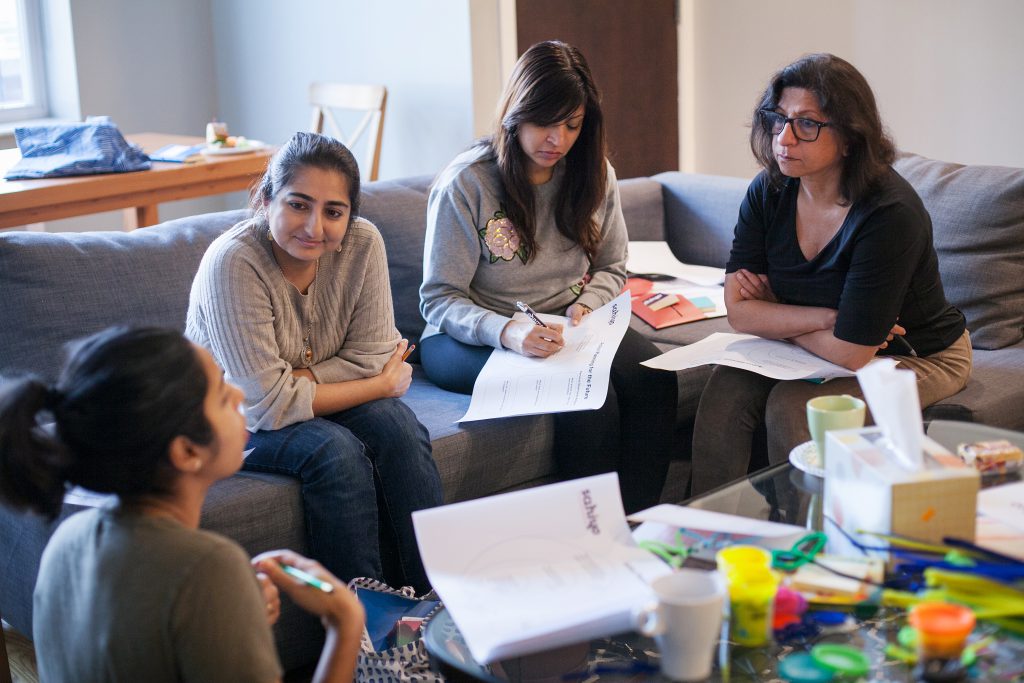
By Anonymous Country: United StatesAge: 34 To be honest, it was hard for me to make the decision to go to the Sahiyo Activist Retreat earlier this year. I grew up in the Dawoodi Bohra community in India, and having had my share of challenges with the community that involved threats to my family, I felt like I didn’t have the courage within me to start another battle that involved me fighting against FGM/khatna. But I knew deep down inside that none of my battles with my community had ever ended, and if I stopped speaking up now, another girl somewhere else would have to suffer like me. I have been away from India for the last 7 years, and it took a retreat like this one for me to realise that I had not interacted with a single person from within the Bohra community here in the US since I moved here, and how much I had missed that. My only experiences of being with other Bohra women was in India, either at a religious prayer service or ceremony or at a Bohra women’s ‘meneej’ (kitty party) group that I was forced into by my mother and friends. I had never had an opportunity to be in a room full of Bohra women, where we could have an open, honest and authentic discussion about the challenges women faced in the community, and identify ways we could empower each other, stand up against the injustices done to us, and fight for change within the community. The Sahiyo Activist Retreat allowed for that and much more. Since most of my experiences were in India, I was keen on learning about how the community functioned here. And through my very first interactions and impressions, I knew that it was no different here and that the community was as strict, perhaps even more here than in India. It was also clear from the start that every single woman present in the room including myself, had shared hopes from the retreat; to find a space where we could openly share our FGM /khatna stories, to build a strong support group, to gain knowledge and tools to confidently speak up against FGM/khatna, and most importantly, to find a space to heal. The agenda for the two-day workshop was packed but allowed enough time for us to bond with each other, and my healing began almost immediately. The workshop had a bottom-up approach, wherein each participant got to share their stories and all the work that they had already been doing to end FGM/ khatna in the community. The sessions that followed helped us further our knowledge and understanding of FGM/Khatna by providing us with in-depth studies and evaluations, effective communication tools, and defining ways to support activists inside and outside the community worldwide. The discussion that stood out for me the most was the one that focused on community and survivor-led movements, and the importance of having Bohra men and women from within the community fighting to end FGM/khatna. I have always believed that for any change to truly take place, all the effort and groundwork needs to happen by individuals who represent the community, who understand the systems, history, culture, and nuances of the community, and that means each one of us Bohra men and women. If we want to end FGM/Khatna, each one of us needs to take leadership and ownership of this problem. Men need to become allies for women, and women need to become allies for other women in the community. Through breakout sessions and one-on-one conversations, we came up with action plans and ways in which each one of us could contribute to this movement. And of course there were informal post-dinner ramblings, debates and heated discussions on FGM/khatna, and many other women’s issues faced by us in the community. Three months later, I sit with this fire within me that began during the retreat. I find myself more at ease when talking about FGM/khatna with friends and work colleagues. I still haven’t been able to openly talk about it, for I fear the backlash my parents will face in the community in India, but I’m confident that that will also change someday. I am now helping coordinate logistics for a storytelling workshop that will educate and empower 8 women participants to become powerful and effective storytellers. I am also excited to organize a ‘thaal pe charcha’ event during the summer with the hope to bring both, women and men, to have an informal dialogue about FGM/khatna, and learn from the findings provided by Sahiyo. Lastly, my inner healing that began during the retreat continues to change me in positive ways. It is allowing me to let go of my past, and channel my energy to be a better activist, to not dwell in self-pity, but to become a strong ally and force of change within the community.
The U.S. Sahiyo retreat taught me there are different ways of being Bohri in America, and we can all end FGC
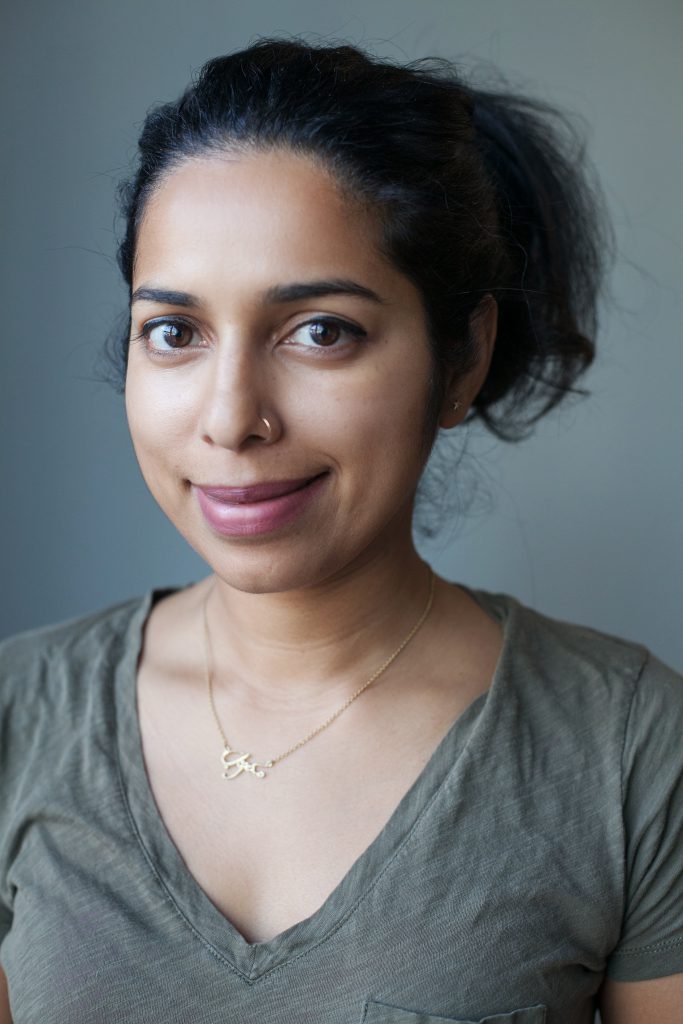
By Alisha Bhagat Khatna, and Female Genital Cutting (FGC) evoke strong responses. It is seen as a human rights violation, is attributed to the “backwardness” of Islamic peoples, and is a critical part of cultural heritage. For those of us within the Bohra community, our feelings are generally much more complicated. Even for those of us who oppose the practice, we find it important to work within cultural norms to advocate against it. Changing an entrenched cultural practice can be very challenging, even if it is so clearly the right thing to do. Everyone at the Sahiyo activist retreat in New York was either a survivor of khatna or a close family member of a survivor. When we talk about the people in our community who have undergone khatna, we aren’t talking about a faceless mass, we are speaking about our mothers, our sisters, our friends, and ourselves. Everyone came to the retreat with powerful stories about when they first found out about this practice (often when they first underwent it) and what drove them to advocate against it. [youtube url=”https://youtu.be/t6zuT8e3XDI”] The retreat was very emotional. It was so comforting and joyous to spend time with people who felt “just like me” in that we came from the same community and grew up with the same foods and the same quirks. It was a safe place to share stories. Some of the attendees are not yet open about their participation in Sahiyo and the retreat offered them a supportive environment to think about the role they might play in creating social change. Additionally, people shared a lot of frustration and sadness. Many of the activists experienced negative pushback from their loved ones and their communities regarding FGC activism. Relatives no longer spoke to them and they were harassed by internet trolls. The retreat was a nurturing safe space. Activism can be very isolating and the retreat enabled many of us to share our experiences with people who understood the background we came from. These emotional connections were infinitely valuable. I left the day feeling strengthened. Not only do I feel there is a like-minded community of activists who I align with, I feel as though the tactics being used are culturally aware and thoughtful. We left with tangible actions to take forward to our communities and loved ones. I also felt like I got to see many different ways of being Bohri in America. We all have different levels of religiousness and practice, but nonetheless, we all think that we can come together and make a difference in ending this harmful practice. To learn more about the U.S. Bohra Activist Retreat, read the report!
My Sahiyo U.S. Activists Retreat Reflection
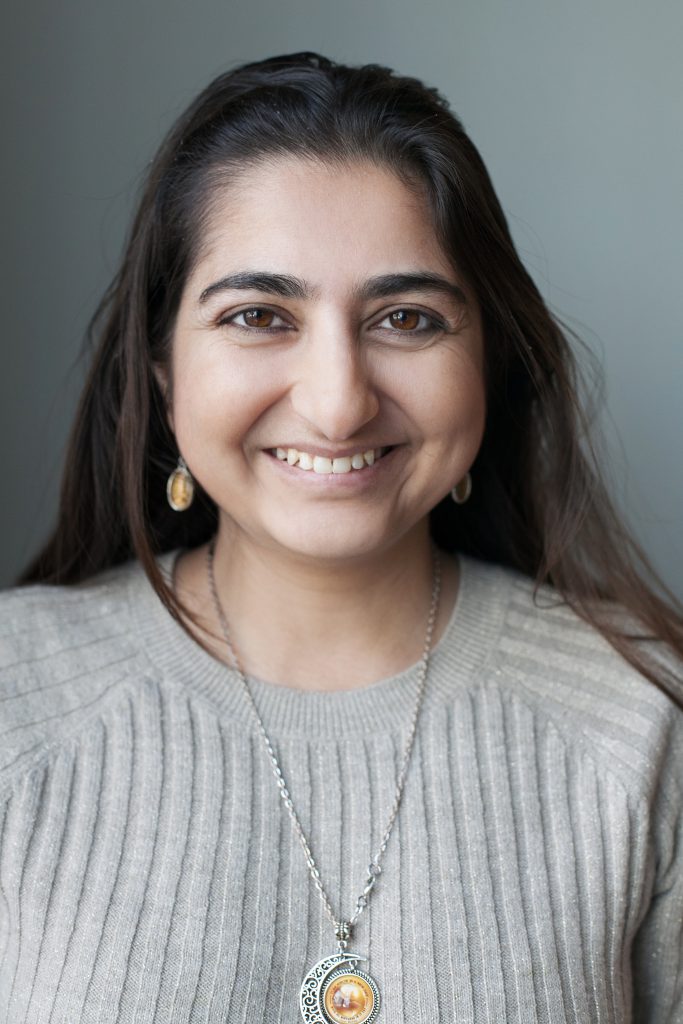
By Maryah Haidery Growing up as a member of the Dawoodi Bohra Community in the United States is a challenging experience, especially for women. It’s like precariously walking across a tightrope while trying to balance two vastly different worlds. In one world, there are the positive benefits that come from belonging to a community rich with tradition and ritual, with a strong emphasis on family. In the other world, there are the progressive ideas that come from living in a country (United States) whose core values emphasize reason and individualism and women’s rights. Usually, those of us who grew up here in the U.S. can find a way to reconcile the two worlds, but certain Bohri practices like khatna or FGC can make that very difficult and force those of us who really care about the values in the U.S. world to call into question everything we knew or thought we knew about the first world, the Bohra world. [youtube url=”https://youtu.be/jhZa_-_rQLo”] When I realized that I was cut as a child and that this practice was not common among other girls, not even most other Muslim girls, I felt very isolated and “different”. The isolation was made more acute because khatna was a subject that was never spoken about, not even among other girls who were my age. When my sister first told me about the existence of groups like Sahiyo and We Speak Out, I finally felt like I was not alone, and by telling my story of undergoing khatna, I could start the process of healing and perhaps give a voice to those of us who are not yet ready to share their stories. It was in this spirit that I attended the first ever Sahiyo Activists Retreat this past January. I wanted to meet the brave women who had been the first to speak out openly against FGC and who allowed the rest of us to finally have a platform to do so. I also wanted to learn more about the medical, legal and religious aspects of the practice so that I could talk about it with both the media and members of the community in a way that was challenging the practice without necessarily denigrating the people who chose to practice it. The retreat was so much more gratifying than anything I had expected. The retreat helped me to learn quite a lot about khatna, the power of storytelling and the challenges that FGC activists face. But more importantly, the retreat helped me learn quite a bit about myself and my need to feel validated and heard. The women I met at the retreat differed vastly in their ages and backgrounds. Some were from conservative jamaats [congregations] and some were from what I consider more liberal jamaats. Some were still pretty active in the community and others less so. Some felt ready to publicly share their stories, others were less comfortable. But they all had a story I could relate to in some way and they all shared a commitment to help end this practice for the next generation of Bohri girls. For me, speaking out about a practice like FGC has sometimes been challenging. Sometimes it has felt like the media and certain political groups have used my story to further their political motives while additionally, people in the community I care about have attacked me for being a traitor. It’s a journey that has felt scary and demoralizing and frustrating as much as the journey has felt empowering and worthwhile. That’s why being a part of this January retreat and learning that I was not alone in this journey was such a priceless experience. To learn more about the U.S. Bohra Activists Retreat, read the report!
My experience at Sahiyo’s first Activists Retreat in India
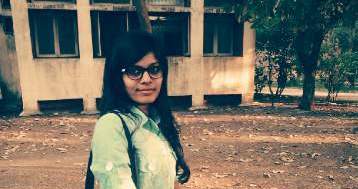
By Chandni ShiyalSahiyo administrative assistant One day before Sahiyo’s first Activists Retreat for Bohras held in February in Mumbai, I was a bit nervous about how it would pan out in terms of arrangement and its overall functioning. But at the same time, I was excited to meet many of the new participants who were supposed to come from outside Mumbai as well residing in Mumbai, with a common goal to bring an end to Female Genital Cutting (FGC). Surprisingly, on the day of retreat, as participants walked in one by one and we introduced ourselves to each other, I never felt as if we were meeting for the first time. Initially, we began with an ice-breaker activity where we formed a circle and each person turn by turn had to talk about one thing that made them proud about themselves. Others in the circle who shared the same experience or sentiment would then have to high-five the speaker. Almost all participants ended up high-fiving each other because all of them had similar pride in working towards gender equality, helping people in need, educating the girl child, ending FGC and so on. This activity led to higher comfort-levels amongst participants. The different sessions that followed this introduction dealt with the challenges people face and the best ways to tackle the issue of FGC by spreading awareness and strengthening communication. The sessions were quite interactive and participants actively participated and added their thoughts, suggestions and innovative ideas to eliminate FGC. The most motivating thing for me was that men also took keen interest and were very sensitive about the practice, in the belief that this issue is not just a women’s issue and we need the collective effort of both men and women to end FGC. Moreover, some of the participants belonged to the older age group, and their support to the movement to end FGC was a great achievement and inspiration for the younger generation. At the end of the training workshops, each and every one took responsibility to help the cause in their own ways, whether it involved spreading awareness at the college level, helping in creating videos and animations on FGC, approaching the masses at the village levels, writing articles in medical journals or approaching medical experts. The participants expressed the need to have more such retreats and workshops in the near future, which was proof to me that this retreat was a success.
I attended the U.S. Bohra Activist Retreat because I hope to see an end to FGM/C in my lifetime
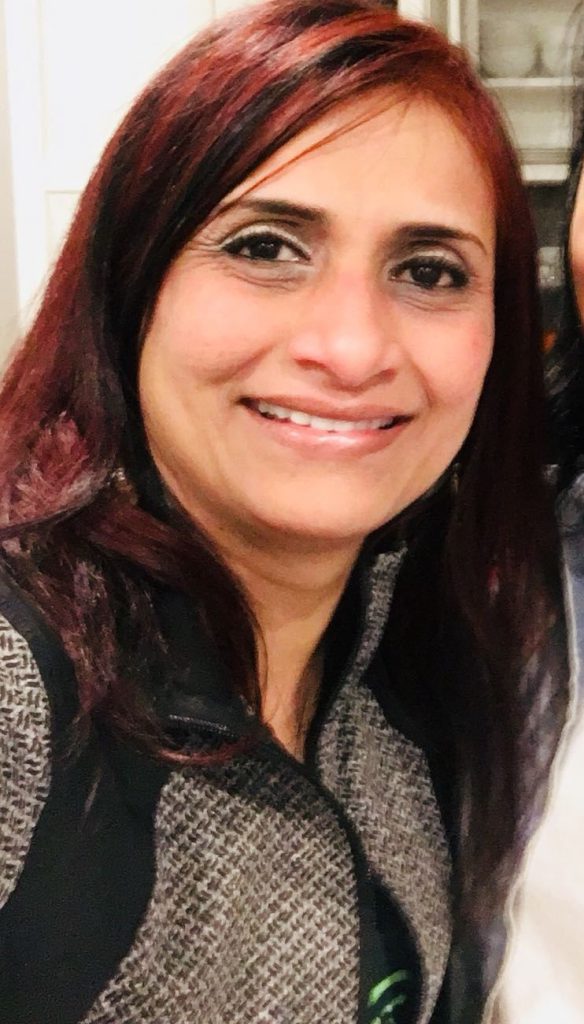
By Rashida Rangwala The practice of Female Genital Mutilation/Cutting (FGM/C) in the Bohra community has been a secret and taboo subject for generations. Even today with the education, media and public stories from the survivors who have undergone FGC, the Bohra community truly believes that the practice of FGC on 7-year-old girls is a religious mandatory passage and should be done to ensure future virtuous female behavior, meaning to ensure girls remain chaste until marriage (and not be sexually promiscuous). But, FGC is really not a religious requirement. It is a cultural practice that predates Islam. [youtube url=”https://youtu.be/uIbNbY2n9_o”] I attended the Sahiyo retreat in January 2018 because I wanted to educate myself about the medical aspects of a girl undergoing FGC and to gain from the experience of other activists and survivors. At the Sahiyo retreat I was able to hear, grasp and digest information on FGC and how to approach and begin a conversation about FGC to the mothers and especially the fathers in the Bohra community who have young girls. I am truly convinced that FGC is a barbaric practice and there is documented evidence of harm that is done both psychologically and physically to the girl child and adult woman. I found it shocking to learn that 80% of the 385 participants in Sahiyo’s study had undergone FGC and that 33-34% admitted that it negatively impacted their sexual lives. I want to see an end to this practice in my lifetime. Sahiyo in collaboration with researchers, health professionals, and other FGC experts were able to create resources to help me in my own activism work to prevent FGC from happening to other girls. The brochures and guidance I received at the Activist Retreat has been invaluable in my work as an activist. The research findings from their global study on FGC in the Bohra community published in January 2017 gave me an education on FGC in terms of how widespread it is in the community, the physical and emotional consequences that occur to those who have undergone it, and to learn more about the challenges and barriers that occur in our work to end FGC, as well as best practices in how to try to overcome some of those challenges. To learn more about the U.S. Bohra Activist Retreat, read the report!
Sahiyo Activist Needs Assessment: Learning How To Support FGC Activists
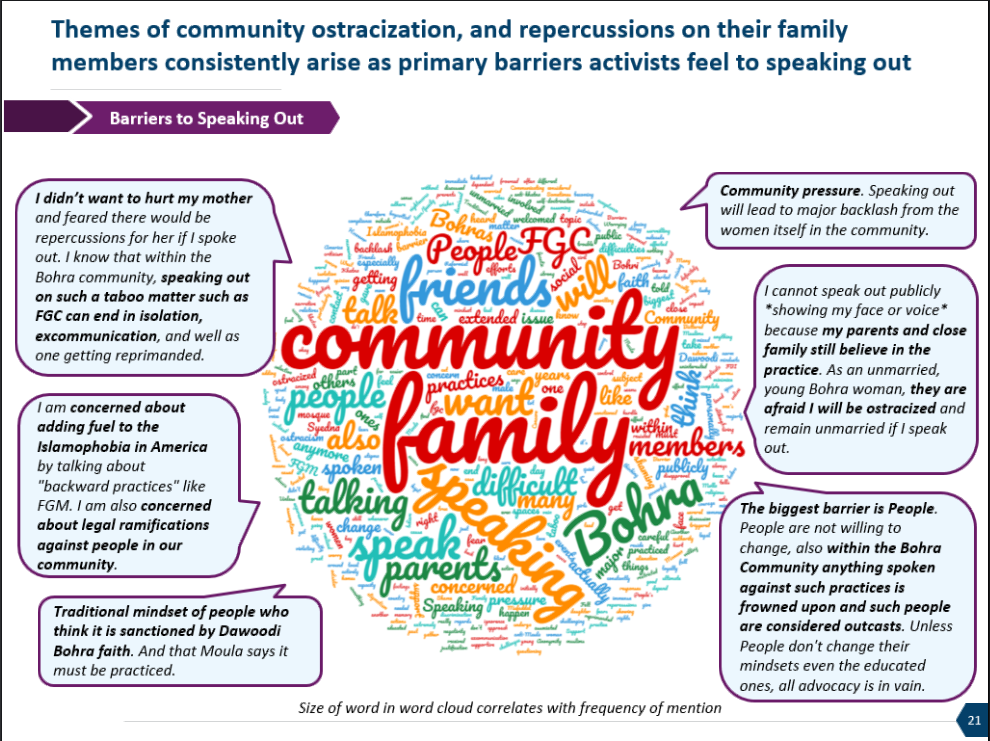
Research Summary & Implications Background Sahiyo is dedicated to ending Female Genital Cutting (FGC) in the Bohra community, a small global Shia Muslim community. Sahiyo focuses its efforts on public education about the prevalence and impact of FGC, community outreach initiatives, and supporting survivors and activists, with the ultimate goal of driving positive social change around gender violence. Sahiyo recently partnered with a healthcare market research consultancy to conduct primary market research with activists speaking out against FGC, in an effort to better understand activists’ challenges and hopes for the future. In this article, we hope not only to summarize the key findings from our primary research and draw implications for the broader gender violence activist community, but also to underscore the importance of conducting primary research with activists. Research Methodology Research entailed two phases: first, a quantitative, online survey was sent to anti-FGC activists across the globe. Second, follow-up interviews were conducted with activists from the online survey sample, who expressed their willingness to further participate in the research. Sample & Demographics All activists who took part in this research grew up in the Dawoodi Bohra religious tradition, and are now self-described as active in speaking out against FGC (‘khatna’). Phase 1 Quantitative Sample: Between 40-50* activists took the online survey, 91% of whom were female. Activists’ ages varied, though 56% were under the age of 35. The majority (~3/4) of activists reside in either the United States or India and were highly educated, with 96% having at least some graduate degree. Although respondents were raised Dawoodi Bohra, only 43% still identify as Dawoodi Bohra, while 37% are non-practicing. However, 67% of respondents socialize with Dawoodi Bohras at least sometimes (every couple of weeks). 69% of respondents personally underwent FGC, while 94% had a mother who was cut. Phase 2 Qualitative Sample: 7 activists were interviewed in follow-up telephone conversations. These 7 activists had variable ages, countries of residence, and genders. Key Findings Although each activist’s story is unique, they all shared the drive to end FGC in their community and more broadly. Their activist journey typically started with a realization about the prevalence of the practice: whether this be through a family member speaking out, a documentary, or media coverage; the realization sparked further investigation. Although some activists had memories of their own experience of being cut, many did not. For the latter individuals, the realization as adults about the practice’s prevalence occasionally came with a realization that they too had been cut, triggering an intense emotional response. For all activists, the initial anger and shame upon learning of the practice’s prevalence often led them to ask family and friends about FGC in their community, but they were met with a culture of secrecy and silence. Even when activists did open conversations with family and friends, they found the practice was often justified as a longstanding tradition, necessitated by religion. This culture of secrecy and acceptance, paired with painful body or narrative memories of their own cutting, were said to be key drivers to speaking out. Many activists feel that not only does FGC have long-term physical and psychological health impacts, but that it is also a form of child sexual assault and/or abuse given the lack of consent. Furthermore, activists acknowledge that FGC’s underlying misogynistic and patriarchal factors make it part of a larger movement to control women. In short, activists feel that FGC does only harm with no benefit and must therefore be ended. Challenges to speaking out: Overlap of religion and community The most significant challenges activists face when speaking out stems from the high degree of overlap between religion and community in the Bohra community. Although most activists are fairly open with their families and friends about their activism, they feel only moderately supported by their loved ones, largely due to concerns with the activism’s social repercussions. These concerns are linked to the social characteristics of the Bohra community, which include long-standing traditions of loyalty and closeness, in which the religious community often dictates social circles, romantic partners, neighborhood housing, cemetery sites, and more. This overlap causes speaking out against FGC to be seen as an attack on the community and faith at large. As a result, activists fear that speaking out would lead to discontinued social and professional bonds and ceasing of access to religious privileges. For some, these potential social repercussions bar them from speaking out publicly, so they pursue more private means of activism, such as anonymous writing and supporting organizations like Sahiyo. Religious authority Concerns with speaking out are further driven by the authority of the Bohra religious leaders. Considering that there is no clear religious justification for FGC, its continuation relies upon the leaders’ mandates and interpretations. Questioning of the religious leaders is deeply discouraged and potentially dangerous—causing many activists to not only fear speaking out, but also sometimes demotivating them, making them feel that without the support of religious leaders, their activism is a ‘lost cause.’ Considering the challenges above, many activists feel torn between wanting to end the practice and wanting to maintain a close connection to their faith and/or community. Even activists who are no longer involved in the Bohra community still fear risking the social wellbeing of their loved ones. Activists present this as a ‘catch-22’: loyal Bohra members are well respected by their community; however, speaking out against a taboo practice might oust them from it, rendering their authority no longer valid. Conversation challenges When activists do speak out publicly or privately, they find the conversation about FGC particularly challenging. The lack of robust, publicly available information about the practice’s prevalence in the Bohra community, as well as about its physical and mental consequences on the girls’ health often result in other Bohra members undermining the impact of khatna. Many community members present khatna as ‘not as bad as other types of FGC’. These arguments are particularly difficult for activists who do not have a clear memory of their own experience
Sahiyo’s Mariya Taher receives Survivor Activist Award
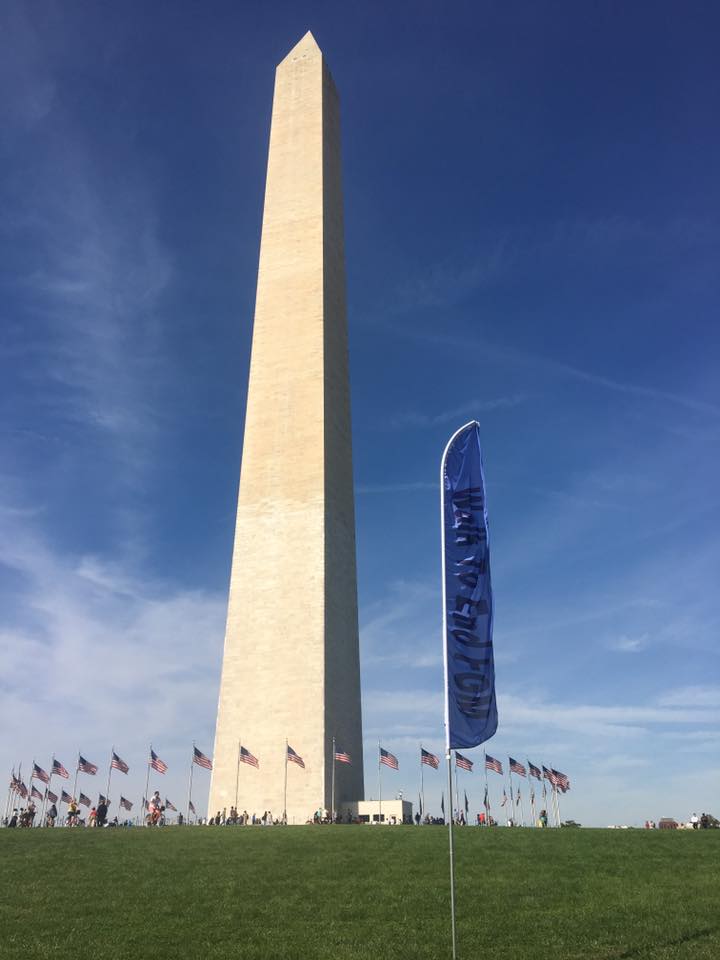
On Saturday, October 2, the Global Woman P.E.A.C.E. Foundation recognized Sahiyo Cofounder, Mariya Taher with the Survivor Activist Award at their annual 5K Walk to End FGM Charity Event in Washington DC. Mariya along with eight other deserving women and men were given Recognition Awards for the outstanding work toward ending female genital cutting and other injustices against women and girls during the pre-walk ceremony on the Washington National Mall in Washington, D.C. To learn more visit the Global Woman P.E.A.C.E. Foundation blog here.
To those who say that Sahiyo is not their voice…

By: Anonymous Country: United Kingdom The past few days have been an emotional rollercoaster for me. I deeply believe in the values that Sahiyo espouses and wholeheartedly wish for the practice of FGC to end. To my dismay, I have witnessed a hate campaign against not only Sahiyo but the brave people who have been vocal against this practice. To those who say that Sahiyo is not their voice, I would like to clarify what Sahiyo is. Sahiyo is a cacophony of voices, a roar from a collective of activists whose voices unite. We are individuals who speak for ourselves and on behalf of minors, who have tried and continue to try to engage in dialogue to end this practice. In return, we have received silence and now slander. Our character, faith, morals, and intentions have been questioned and attacked. I, along with the community of activists who share my sentiments, do not speak on behalf of Sahiyo, or indeed any other adult. I speak on behalf of young girls who are forever altered without their consent; I speak on behalf of the innocent young girls across the world who have undergone this procedure or who will do so in the future; I speak on behalf of the girls who do not have a voice and are not old enough to understand what is happening to them and I speak on behalf of my 7-year-old self, who did not choose to undergo a procedure that has affected me for decades and will continue to do so. Now that I have a voice, I am being attacked for using it. I gain nothing from speaking up. No amount of campaigning will ever undo the permanent emotional, psychological and physical damage that resulted from a procedure that was deceptively forced upon me. To those who slander me, this is what I have to say to you: You are right to an extent – I do speak on behalf of others. I speak on behalf of your daughters, sisters, cousins, children’s friends, and every young girl who will undergo this invasive procedure so that they don’t suffer the way that I have. I hope that you remember this the next time you say laanat on me.
Thoughts on Tostan’s Training Center Experience
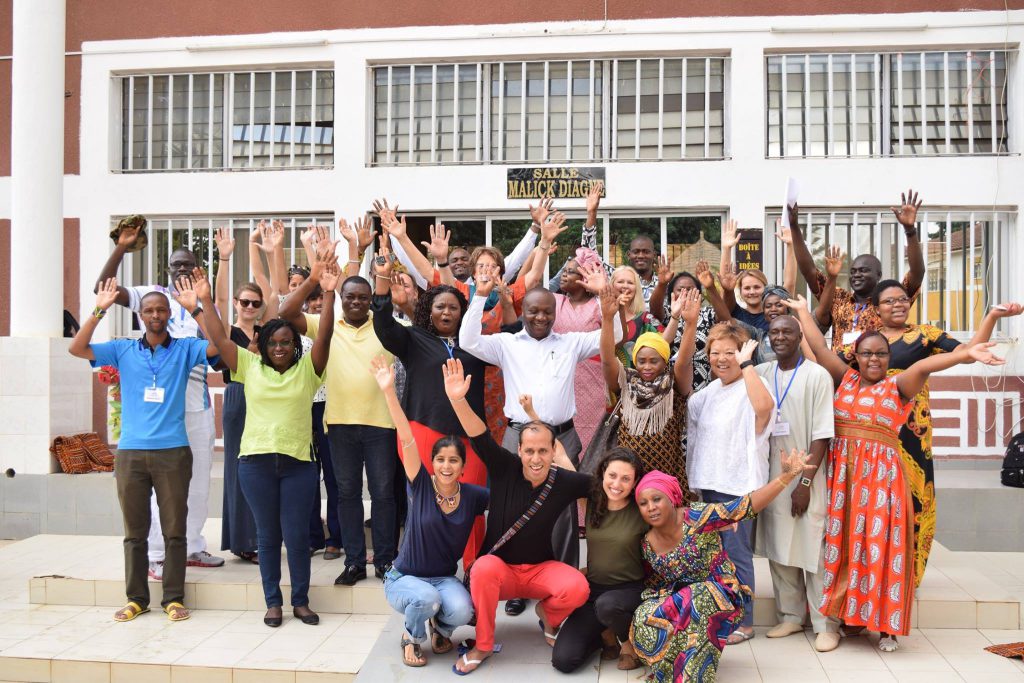
From July 12 to July 21st, Shaheeda and Mariya attended Tostan’s Training Center (TTC) in Senegal. The TTC is an international training course designed to teach participants about its human rights-based approach to community-led development, which the NGO has developed and updated in response to feedback from thousands of communities in different socio-cultural African contexts over the past 20 years. During this third training session hosted by Tostan, participants came from fifteen countries and included community activists, members of local, national and international organizations, of governments, as well as representatives from academia and the media. The training focuses on using a participatory, learner-centered approach that draws its strengths from the expertise of trainers with extensive experience in rural Africa, implementing the Tostan Community Empowerment Program and is designed to serve individuals and groups who share a commitment to human dignity, transformative learning, holistic empowerment, and collective action. Mariya and Shaheeda attended the TTC as Orchid Project Fellows. The Orchid Project is a UK based NGO that advocates for a world free of FGC. As fellows, Mariya and Shaheeda were asked to keep video journals of their experience. To learn more about their experience, click on the links below: TTC Day 3 TTC Day 7 You can also take a look at Gbosa – Tostan Training Center’s July 2016 English Cohort Storify transcript for more details. In the following months, Mariya and Shaheeda will be writing several articles detailing their experience and learnings from the TTC as well. See also Sahiyo heads to Senegal for Tostan Training Centre.
